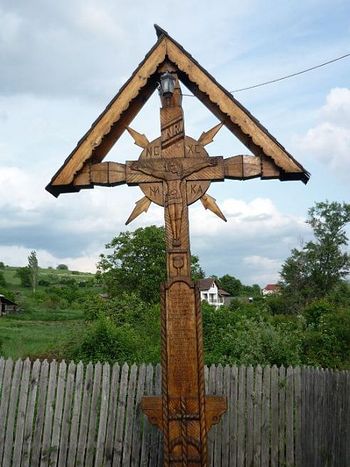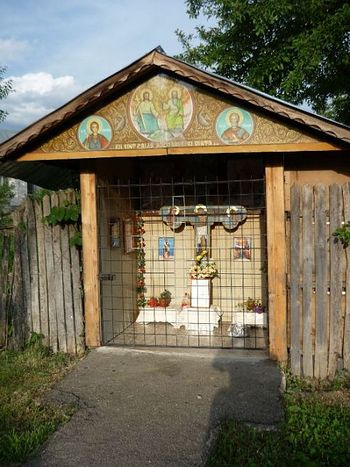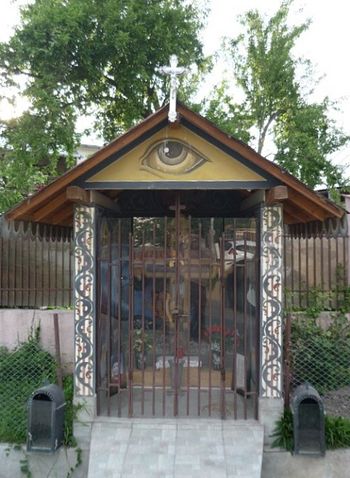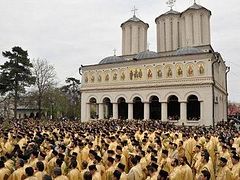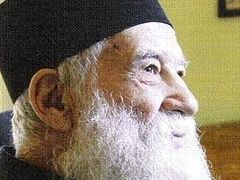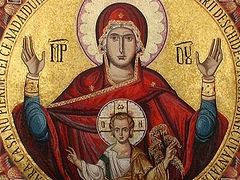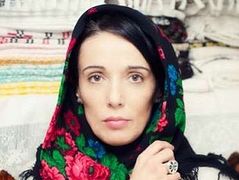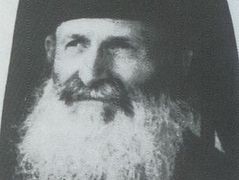Source: Edge of Humanity Magazine
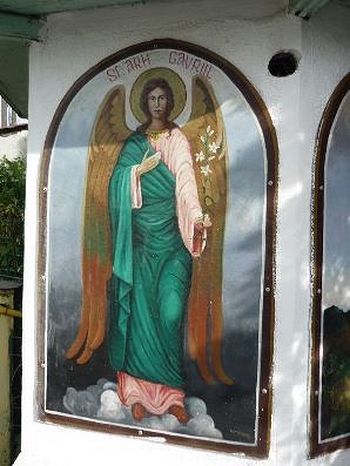 Troite. Village of Viforata, Targoviste, Romania
Troite. Village of Viforata, Targoviste, Romania The content of this post was submitted to Edge of Humanity Magazine by Julian a citizen of the free world at UN CIUDADANO DEL MUNDO LIBRE.
In Romania, according to the 2011 census, 86.5% of respondents declared themselves as being Orthodox Christians belonging to the Romanian Orthodox Church and this figure haven’t significantly changed since then. There’s an equal distribution of self-identified believers in rural and urban areas, as evidenced by the fact that almost every neighborhood of any medium and large-size city has its own church (a rude acknowledgement of this reality would be that there is a solid market demand for the religious phenomena).
In rural areas, people build near the roads, in public but more often on their own private property. Small praying places sometimes having a nearby a water well. Despite that the public or private behavior of the villagers is not always Christian-like, the custom concerns both the social and self-image of those who build them, and also is supportive to the collective identity of a village. Moreover, on an individual level its function is to cherish someone’s memory, but on the community level its purpose is to keep alive the faith. This is a reflection of the human condition as understood in rural Romania.

